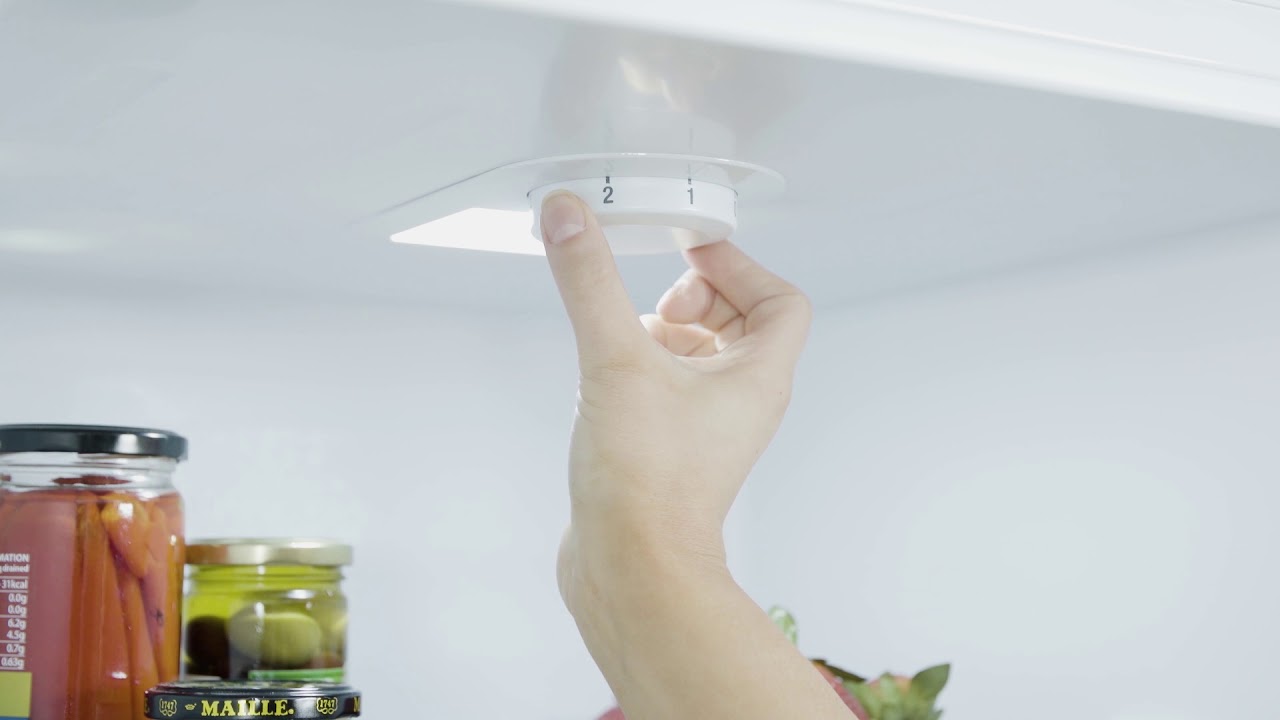

Articles
What Temperature Should I Set My Freezer To
Modified: May 6, 2024
Discover the ideal temperature for your freezer with these informative articles. Ensure your food stays fresh and safe with proper temperature settings.
(Many of the links in this article redirect to a specific reviewed product. Your purchase of these products through affiliate links helps to generate commission for Storables.com, at no extra cost. Learn more)
What Temperature Should I Set My Freezer To
Setting the correct temperature for your freezer is crucial for preserving the quality and safety of your frozen food items. Whether you have a standalone freezer or a freezer compartment in your refrigerator, maintaining the optimal temperature will ensure food remains fresh and safe to consume. In this article, we will discuss the factors to consider when setting the freezer temperature, provide recommendations for different types of food, offer tips for temperature management, and troubleshoot common issues.
Read more: What Temperature Should A Freezer Be
Factors to Consider when Setting Freezer Temperature
When deciding on the temperature for your freezer, there are a few important factors to keep in mind:
- Optimal Temperature Range: The optimal temperature for a freezer is between 0°F (-18°C) and -10°F (-23°C). This range allows for proper freezing of different types of food.
- Food Quality and Safety: Temperature fluctuations can affect the texture, taste, and safety of frozen food. Higher temperatures can lead to freezer burn and spoilage, while lower temperatures can cause food to become overly frozen.
- Energy Efficiency: Setting your freezer to the appropriate temperature helps maintain energy efficiency. Freezers that are too cold consume more energy than necessary.
Recommended Freezer Temperature for Different Types of Food
The ideal temperature for frozen vegetables, fruits, and herbs is around 0°F (-18°C). This temperature preserves their flavor, texture, and nutritional value.
For frozen meats, poultry, and seafood, it is recommended to set the freezer temperature between 0°F (-18°C) and -5°F (-21°C). This range prevents the growth of bacteria and ensures that food remains safe for consumption.
Frozen dairy products, such as ice cream and butter, should be stored at a slightly lower temperature of -10°F (-23°C). This helps maintain their quality and prevents them from becoming too soft or developing freezer burn.
Tips for Setting and Maintaining Freezer Temperature
To accurately measure the temperature of your freezer, you can use an appliance thermometer. Place it in a central location in your freezer and check the reading regularly to ensure it stays within the recommended range.
Adjust the temperature settings based on your food storage needs. If you plan to stock the freezer with a large amount of fresh food, you might need to lower the temperature temporarily to quickly freeze the items and then adjust it back to the desired range.
To prevent frost buildup and ensure proper airflow in your freezer, avoid overloading it with too many items. Leave enough space between the food packages to allow cold air to circulate freely.
Troubleshooting Common Issues Related to Freezer Temperature
If you notice that your freezer temperature is consistently fluctuating, it could be a sign of a malfunctioning thermostat or a faulty seal on the freezer door. Contact a professional technician to diagnose and fix the issue.
If your freezer is excessively cold, causing food to become overly frozen, you can try adjusting the temperature settings slightly higher. Conversely, if the temperature is too warm, lower the settings accordingly.
If you encounter food spoilage due to incorrect temperature settings, it’s important to discard any items that show signs of thawing or spoilage to avoid consuming unsafe food.
Setting the correct temperature in your freezer is crucial for ensuring the quality and safety of your frozen food items. By following the recommended temperature range and implementing proper temperature management techniques, you can enjoy optimal food preservation and energy efficiency.
Key Takeaways:
- Maintain optimal freezer temperature (0°F to -10°F) to preserve food quality and safety, prevent freezer burn, and minimize energy consumption for efficient freezing and long-term storage.
- Use a thermometer, adjust settings based on food storage needs, and prevent frost buildup to ensure your freezer operates effectively, preserving the quality and safety of your frozen food items.
Read more: What Temperature Should A Walk In Freezer Be
Introduction – Importance of Setting the Correct Temperature in a Freezer
Setting the correct temperature in your freezer is more than just a matter of convenience; it plays a vital role in preserving the quality, freshness, and safety of your frozen food items. Whether you use it for storing leftovers, stocking up on bulk purchases, or preserving seasonal produce, maintaining the optimal freezer temperature is crucial.
One of the main reasons to set the correct temperature in your freezer is to ensure food safety. Freezing food at temperatures below 0°F (-18°C) helps prevent the growth of harmful bacteria, effectively preserving the integrity of the food. It is important to note that freezing may not kill bacteria, but it can halt their growth until the food is thawed.
The correct temperature also helps maintain the quality of the food. Frozen foods, when stored at the appropriate temperature, retain their taste, texture, color, and nutrients for a longer period. This is especially important for fresh produce, meats, and dairy products, as maintaining their quality ensures a pleasant dining experience when it’s time to thaw and cook them.
By setting the correct temperature, you can minimize the risk of freezer burn. Freezer burn occurs when food is exposed to air inside the freezer, leading to dehydration and oxidation of the food’s surface. It causes a stale and unappetizing taste, texture, and appearance.
Proper temperature management in your freezer is also crucial for energy efficiency. Setting the temperature within the recommended range not only helps preserve food but also minimizes unnecessary energy consumption. Freezers that operate at excessively low temperatures consume more energy, resulting in higher electricity bills.
In addition, maintaining the optimal freezer temperature helps prevent temperature fluctuations that can occur when the door is frequently opened or when large amounts of warm food are placed in the freezer. These fluctuations can cause temperature imbalances, affect the texture and safety of the food, and increase energy consumption as the freezer works harder to maintain the desired temperature.
Ultimately, setting the correct temperature in your freezer is a simple and effective way to ensure the safety and quality of your frozen food items. It helps preserve their flavor, texture, and nutritional value while minimizing the risk of spoilage and freezer burn. By following the recommended temperature range and implementing proper temperature management techniques, you can maximize the lifespan of your frozen foods and reduce your energy consumption, leading to both cost savings and peace of mind.
Factors to Consider when Setting Freezer Temperature
When it comes to setting the temperature in your freezer, there are several important factors to consider. These factors include the optimal temperature range for freezing food, the impact of temperature fluctuations on food quality and safety, and energy efficiency considerations.
Optimal Temperature Range for Freezing Food
The optimal temperature range for freezing food is typically between 0°F (-18°C) and -10°F (-23°C). It’s important to freeze food at temperatures below 0°F (-18°C) to prevent the growth of bacteria, which can lead to foodborne illnesses. This temperature range allows for proper freezing and helps preserve the quality, texture, and flavor of the food.
Impact of Temperature Fluctuations on Food Quality and Safety
Temperature fluctuations in the freezer can have a significant impact on the quality and safety of the frozen food. Frequent fluctuations can cause the formation of ice crystals on the surface of the food, leading to freezer burn. Freezer burn can result in dry, discolored, and unappetizing food. Additionally, fluctuations in temperature can cause the food to thaw partially and refreeze, compromising its safety and quality.
It’s important to note that each time you open the freezer door, warm air enters the freezer, causing a temporary rise in temperature. This can lead to condensation, which can freeze and result in ice buildup. Therefore, minimizing the frequency and duration of door openings is crucial to maintaining a stable temperature in the freezer.
Read more: What Temperature Should A Deep Freezer Be
Energy Efficiency Considerations
Setting the temperature in your freezer appropriately not only ensures food safety and quality but also contributes to energy efficiency. Freezers that are set too low unnecessarily consume more energy. By setting the temperature within the recommended range, you can optimize energy usage and reduce electricity costs.
It’s important to note that extreme temperatures below the recommended range are not necessary for most home freezers. Keeping the temperature at the lower end of the recommended range is sufficient to preserve food quality and safety while maximizing energy efficiency.
Regularly monitoring the temperature in your freezer is crucial to ensure that it stays within the optimal range. Consider investing in a thermometer designed specifically for freezers to accurately measure and monitor the temperature. This will help you make any necessary adjustments and maintain consistent and appropriate conditions for your frozen food items.
By considering the optimal temperature range for freezing food, understanding the impact of temperature fluctuations on food quality and safety, and prioritizing energy efficiency, you can effectively set and maintain the temperature in your freezer. This will result in high-quality, safe, and long-lasting frozen food items while minimizing energy consumption.
Recommended Freezer Temperature for Different Types of Food
When it comes to freezing different types of food, it’s important to follow specific temperature recommendations to maintain their quality and safety. Here are the recommended freezer temperatures for various food categories:
Ideal Temperature for Frozen Vegetables, Fruits, and Herbs
The ideal temperature for freezing vegetables, fruits, and herbs is around 0°F (-18°C). Freezing fruits and vegetables at this temperature helps preserve their natural flavors, textures, and nutritional value. It also helps to retain their vibrant colors. By properly freezing these items, you can enjoy the taste of freshly harvested produce even during off-seasons.
Recommended Temperature for Frozen Meats, Poultry, and Seafood
The recommended temperature for freezing meats, poultry, and seafood is slightly lower than the ideal temperature for fruits and vegetables. It is best to set the freezer temperature between 0°F (-18°C) and -5°F (-21°C) for these items. This temperature range helps prevent the growth of harmful bacteria, ensuring food safety. By freezing these perishable items at the appropriate temperature, you can extend their shelf life and maintain their quality.
Proper Temperature for Frozen Dairy Products
Dairy products, such as ice cream, butter, and cheese, require a lower freezer temperature to maintain their quality. The proper temperature for storing frozen dairy products is around -10°F (-23°C). This temperature helps prevent the growth of bacteria and maintains the flavor, texture, and consistency of the dairy items. Freezing dairy products at this temperature ensures that they remain enjoyable and free from freezer burn.
It’s important to note that while these temperature recommendations provide a general guideline, it’s always a good idea to refer to the packaging or manufacturer’s instructions for specific freezing and storage guidelines for different food items. Additionally, ensure that your freezer maintains a consistent temperature by avoiding frequent temperature fluctuations and practicing proper freezer organization.
By following the recommended freezer temperatures for different types of food, you can ensure that your frozen items retain their quality, flavor, and safety for an extended period. Whether you are preserving seasonal produce, stocking up on meats, or indulging in frozen treats, maintaining the appropriate temperature will help you enjoy the best possible results when it’s time to thaw and use these items.
Tips for Setting and Maintaining Freezer Temperature
Setting and maintaining the correct temperature in your freezer is essential for optimal food preservation. Here are some helpful tips to ensure that your freezer maintains the desired temperature:
Using a Thermometer to Accurately Measure Freezer Temperature
It’s important to use a thermometer specifically designed for freezers to accurately measure the temperature. Place the thermometer in a central location in the freezer, away from the walls and any direct contact with food. Regularly check the thermometer to ensure that the freezer temperature remains within the recommended range. This will provide you with an accurate reading and help you make any necessary adjustments.
Adjusting Temperature Settings Based on Food Storage Needs
Adjust the temperature settings of your freezer based on your current food storage needs. For example, when stocking up on fresh food items or placing a large amount of warm food in the freezer, temporarily lower the temperature to ensure quick and effective freezing. Once the desired freezing is achieved, adjust the temperature back to the recommended range. This will help maintain the quality and safety of your food items.
Preventing Frost Buildup and Maintaining Proper Airflow
Frost buildup can hinder the proper functioning of your freezer and affect its overall performance. To prevent frost buildup, make sure to keep the freezer door closed as much as possible to minimize warm air entering. Additionally, avoid overcrowding the freezer, as this can restrict proper airflow. Leave enough space between food packages to allow adequate circulation of cold air, ensuring even cooling throughout the freezer.
Regularly check the seals on your freezer door to ensure they are tight and free from any damage. Damaged seals can allow warm air to enter the freezer, leading to temperature fluctuations. If you notice any issues with the seals, consider replacing them to maintain an efficient and consistent temperature.
It’s also a good idea to periodically clean the freezer, removing any ice or frost buildup. Excessive frost can reduce the storage capacity of the freezer and impact its cooling efficiency. Use a gentle cleaning solution and a soft cloth to clean the interior surfaces, avoiding harsh chemicals that may damage the freezer’s components.
By using a thermometer to monitor freezer temperature, adjusting temperature settings based on food storage needs, and preventing frost buildup and maintaining proper airflow, you can ensure that your freezer operates at the optimal temperature. Following these tips will help preserve the quality and safety of your frozen foods, minimize energy consumption, and maximize the efficiency of your freezer.
Troubleshooting Common Issues Related to Freezer Temperature
When it comes to freezer temperature, it’s important to be aware of common issues that can arise and how to troubleshoot them effectively. Here are some tips for identifying and resolving common problems with freezer temperature:
Identifying Signs of an Overly Cold or Warm Freezer
An overly cold freezer can result in frozen food items becoming excessively hard or developing icy textures. You may also notice an increase in ice buildup and frost on the interior walls of the freezer. On the other hand, a warm freezer can lead to partially thawed food, softening of frozen items, and even potential food spoilage.
Steps to Take if Freezer Temperature Is Consistently Fluctuating
If you notice consistent fluctuations in your freezer temperature, it could be an indication of an underlying issue. The following steps can help you troubleshoot and resolve the problem:
- Check the freezer door seal: A damaged or improperly sealed door can result in temperature fluctuations. Inspect the seal, ensuring that it is clean, intact, and properly aligned. Replace the seal if necessary.
- Examine the thermostat: If the temperature fluctuations persist, it may be a sign of a faulty thermostat. Consult the manufacturer’s manual for instructions on how to recalibrate or replace the thermostat, or contact a professional technician for assistance.
- Consider the location: In some cases, the location of the freezer can contribute to temperature fluctuations. Ensure that the freezer is not placed near heat sources such as ovens, radiators, or direct sunlight, as this can affect its performance.
- Minimize door openings: Frequent opening and closing of the freezer door can cause temperature fluctuations. Encourage household members to retrieve items quickly or consider implementing an organized system to reduce the frequency of door openings.
Read more: What Temperature Should My Refrigerator Be
Dealing with Food Spoilage Due to Incorrect Temperature Settings
If you suspect that food has been spoiled due to incorrect freezer temperature settings, it’s important to take the following steps:
- Check the temperature: Confirm that the freezer temperature is within the recommended range. Adjust the settings if needed to ensure proper cooling.
- Inspect the affected food items: Examine the food closely for any signs of spoilage, such as an off odor, unusual appearance, or texture. If you suspect that the food is spoiled, it is best to discard it to avoid the risk of foodborne illnesses.
- Review storage guidelines: Familiarize yourself with proper storage guidelines for different types of food. Some items may have specific temperature requirements, so it’s essential to store them accordingly to maintain their quality and safety.
- Prevent future spoilage: Take measures to prevent future food spoilage. Ensure that the freezer temperature is consistently monitored and adjusted as necessary. Practice proper organization and rotation of food items to avoid prolonged storage and prioritize the consumption of older items.
By being vigilant in identifying signs of temperature issues, taking steps to troubleshoot fluctuation problems, and dealing with food spoilage effectively, you can maintain the quality and safety of your frozen food items. Regular maintenance and adherence to proper freezer temperature guidelines will help ensure that your freezer operates at its best, preserving food and minimizing waste.
Conclusion – Importance of Following Recommended Freezer Temperatures for Food Safety and Quality
Properly setting and maintaining the recommended temperatures in your freezer is crucial for ensuring the safety, quality, and longevity of your frozen food items. By following the guidelines and best practices for freezer temperature management, you can enjoy the following benefits:
Food Safety and Quality
Following the recommended freezer temperatures helps prevent the growth of harmful bacteria and minimizes the risk of foodborne illnesses. Freezing food at the optimal temperature range preserves the nutritional value, flavors, textures, and colors of the food, ensuring that it remains appetizing and enjoyable when thawed and consumed.
Energy Efficiency
Proper temperature management in your freezer contributes to energy efficiency. By setting the temperature within the recommended range, you optimize the freezer’s energy consumption. Excessively low temperatures result in unnecessary energy usage, leading to higher electricity bills. Adhering to the recommended temperature range not only benefits the environment but also helps you save on energy costs.
Optimal Freezer Performance
Maintaining the correct temperature in your freezer ensures its optimal performance. Consistently monitoring and adjusting the temperature within the recommended range allows the freezer to function efficiently, preserving food quality and preventing temperature fluctuations. This, in turn, helps extend the lifespan of your freezer and reduces the risk of potential malfunctions or breakdowns.
Ultimately, following the recommended freezer temperatures is essential for both food safety and quality. By adhering to these guidelines, you can prevent food spoilage, freezer burn, and potential health risks associated with improper storage temperatures. Additionally, proper temperature management contributes to energy efficiency and prolongs the lifespan of your freezer, allowing you to make the most of your investment.
Remember to use a thermometer to accurately measure the freezer temperature, adjust settings based on food storage needs, and prevent frost buildup by maintaining proper airflow. Troubleshoot any issues that arise and take immediate action if you suspect food spoilage due to incorrect temperatures. By implementing these practices, you can ensure that your freezer operates effectively and that your frozen food items remain safe, high-quality, and enjoyable for an extended period.
Now that you've got the scoop on setting your freezer's temperature, why stop there? Dive deeper into savvy storage solutions and home efficiency. For those looking to upgrade their preservation methods, our article on the latest cold storage options offers fresh insights. And if tidying up is on your mind, don't miss our guide on choosing fabric storage cubes that can transform any space into a model of organization.
Frequently Asked Questions about What Temperature Should I Set My Freezer To
Was this page helpful?
At Storables.com, we guarantee accurate and reliable information. Our content, validated by Expert Board Contributors, is crafted following stringent Editorial Policies. We're committed to providing you with well-researched, expert-backed insights for all your informational needs.
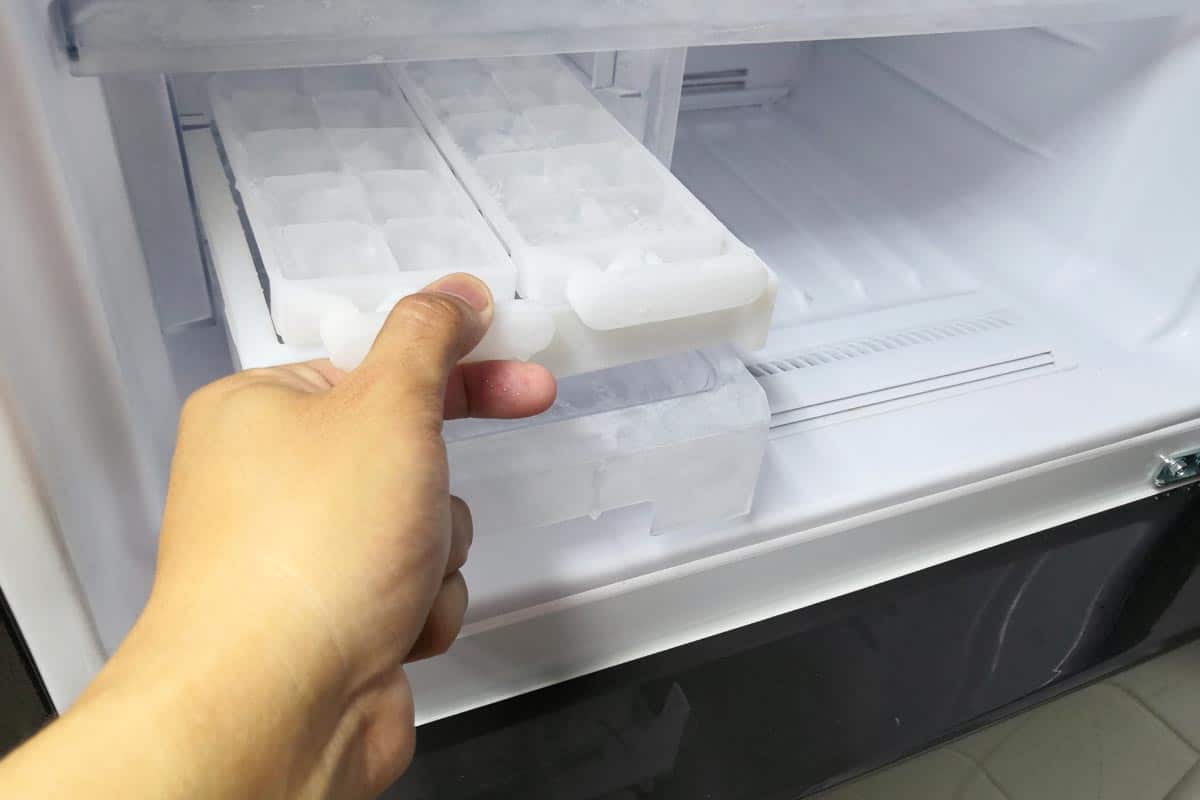
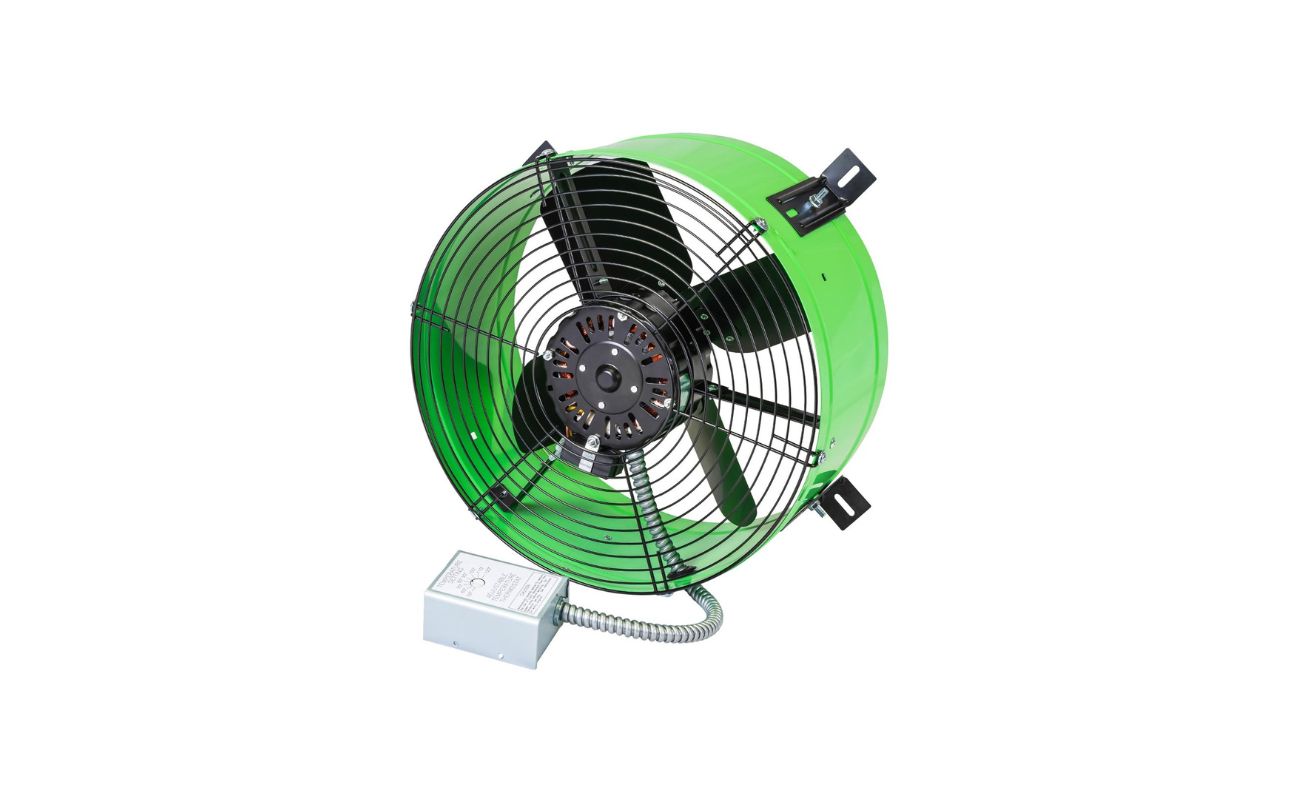
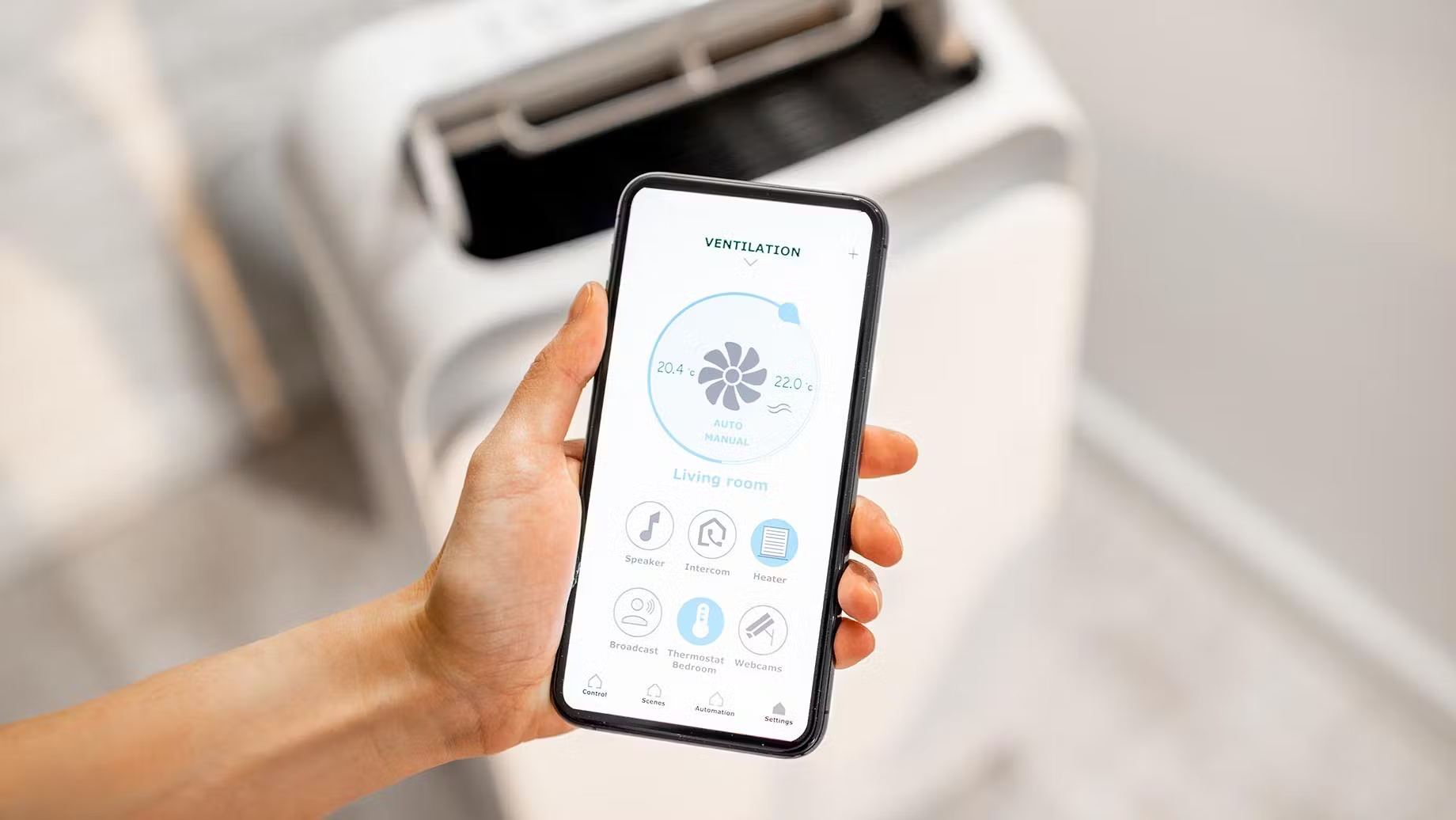
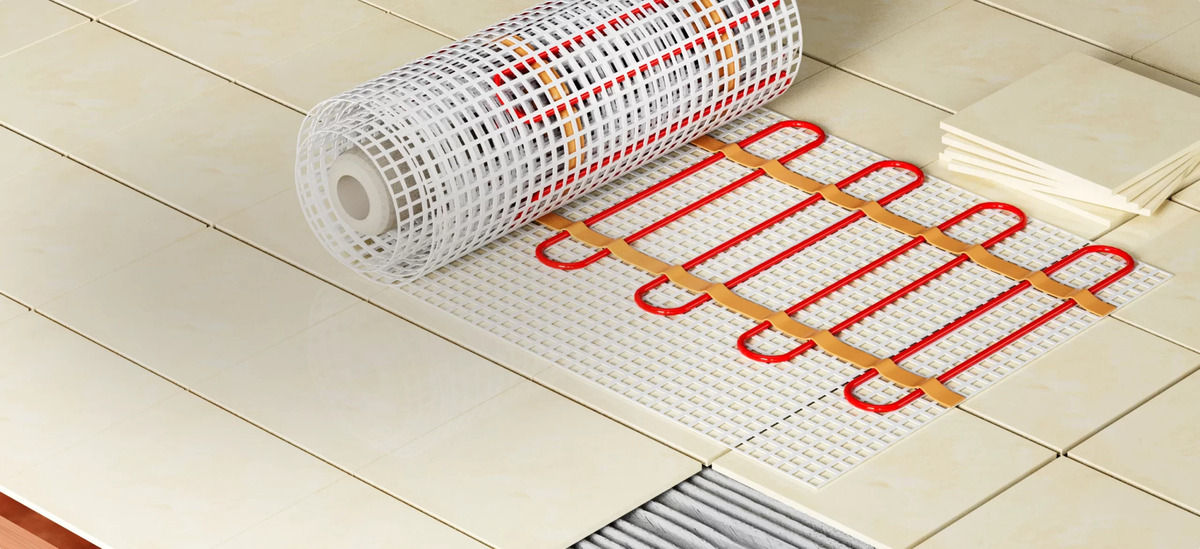
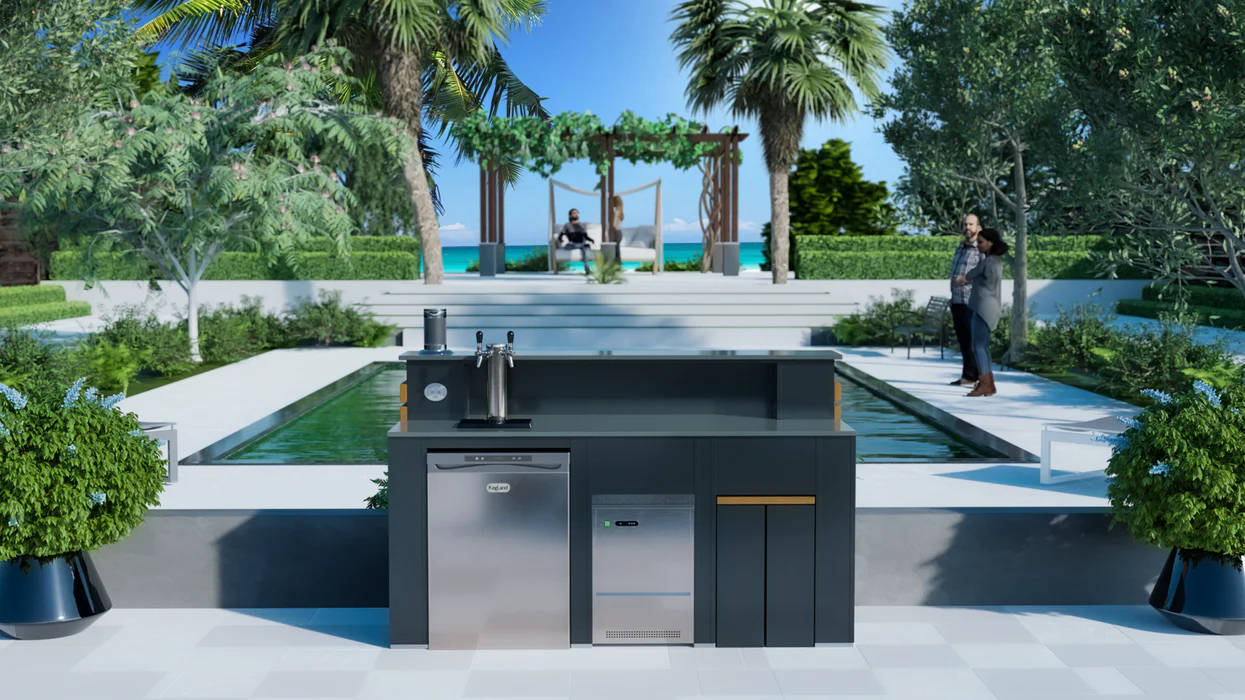
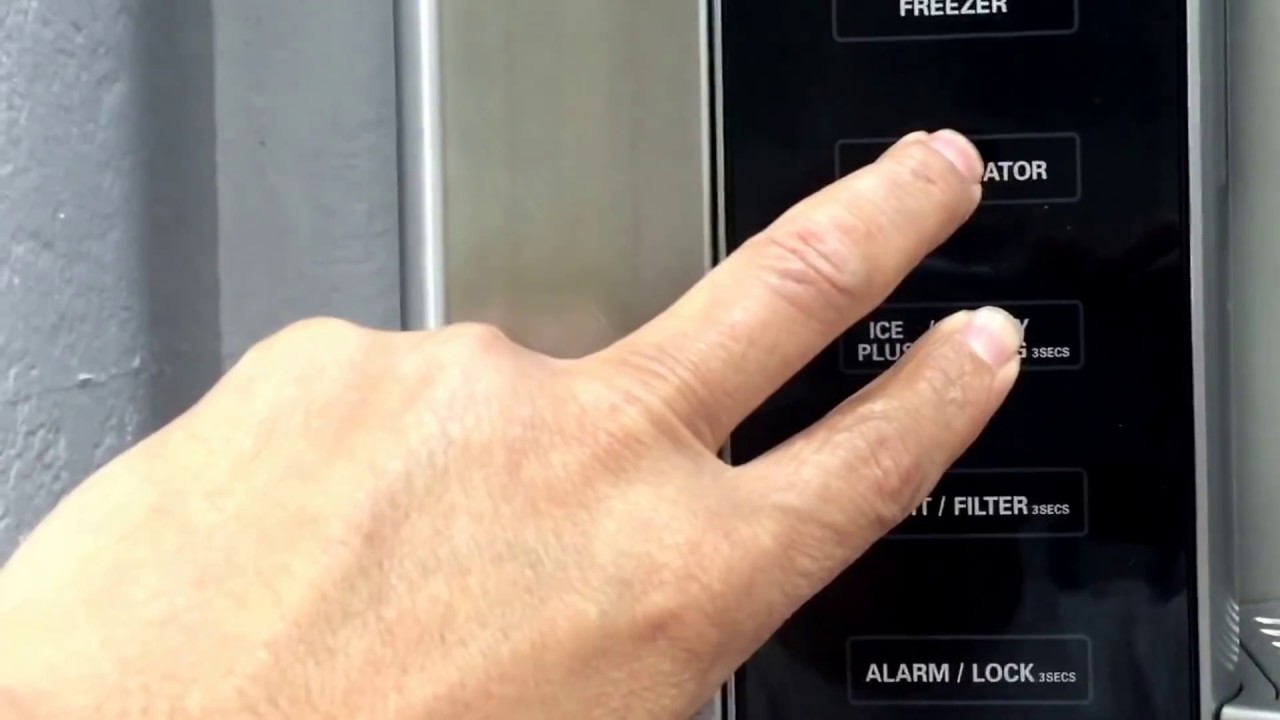

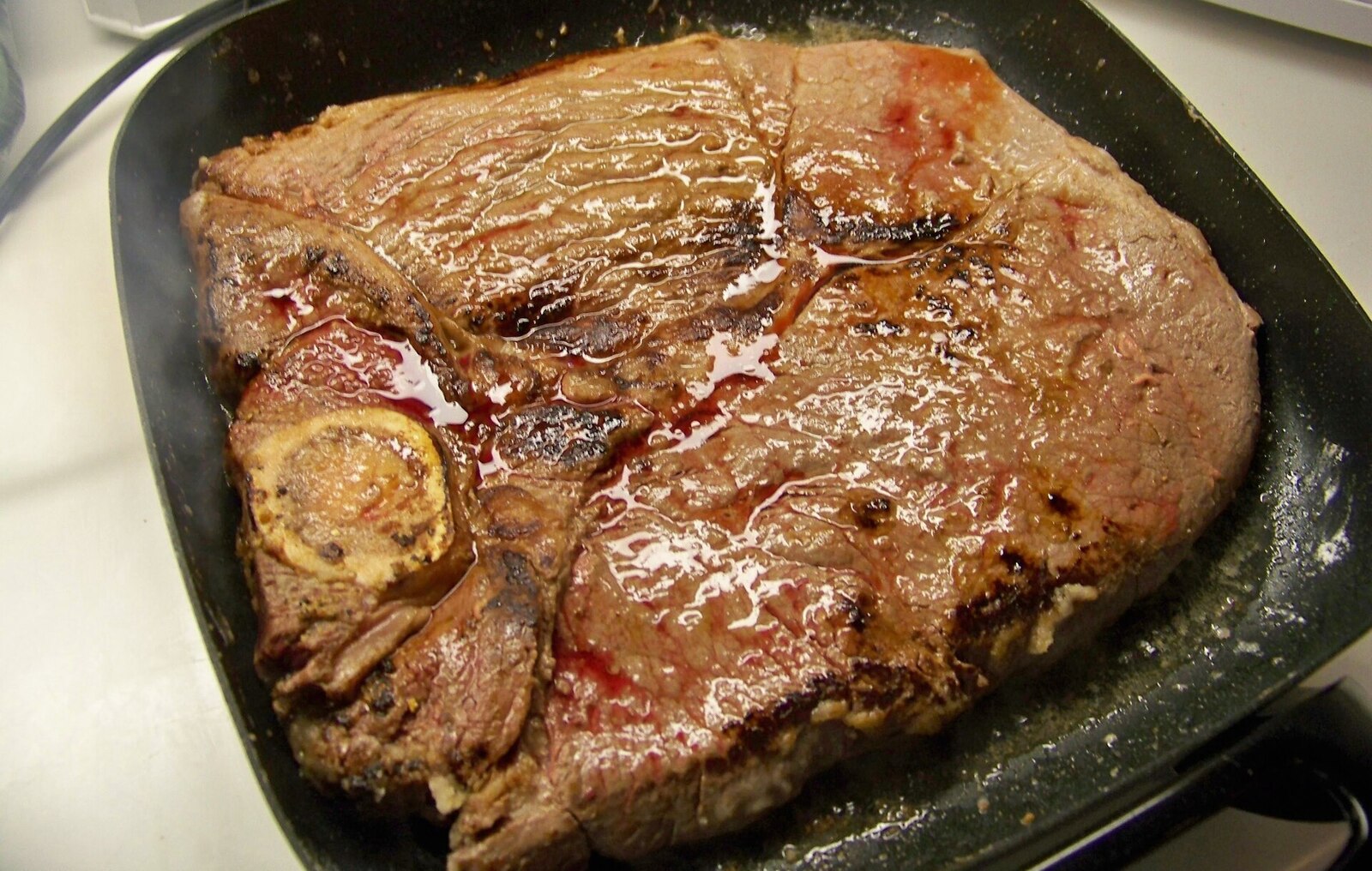
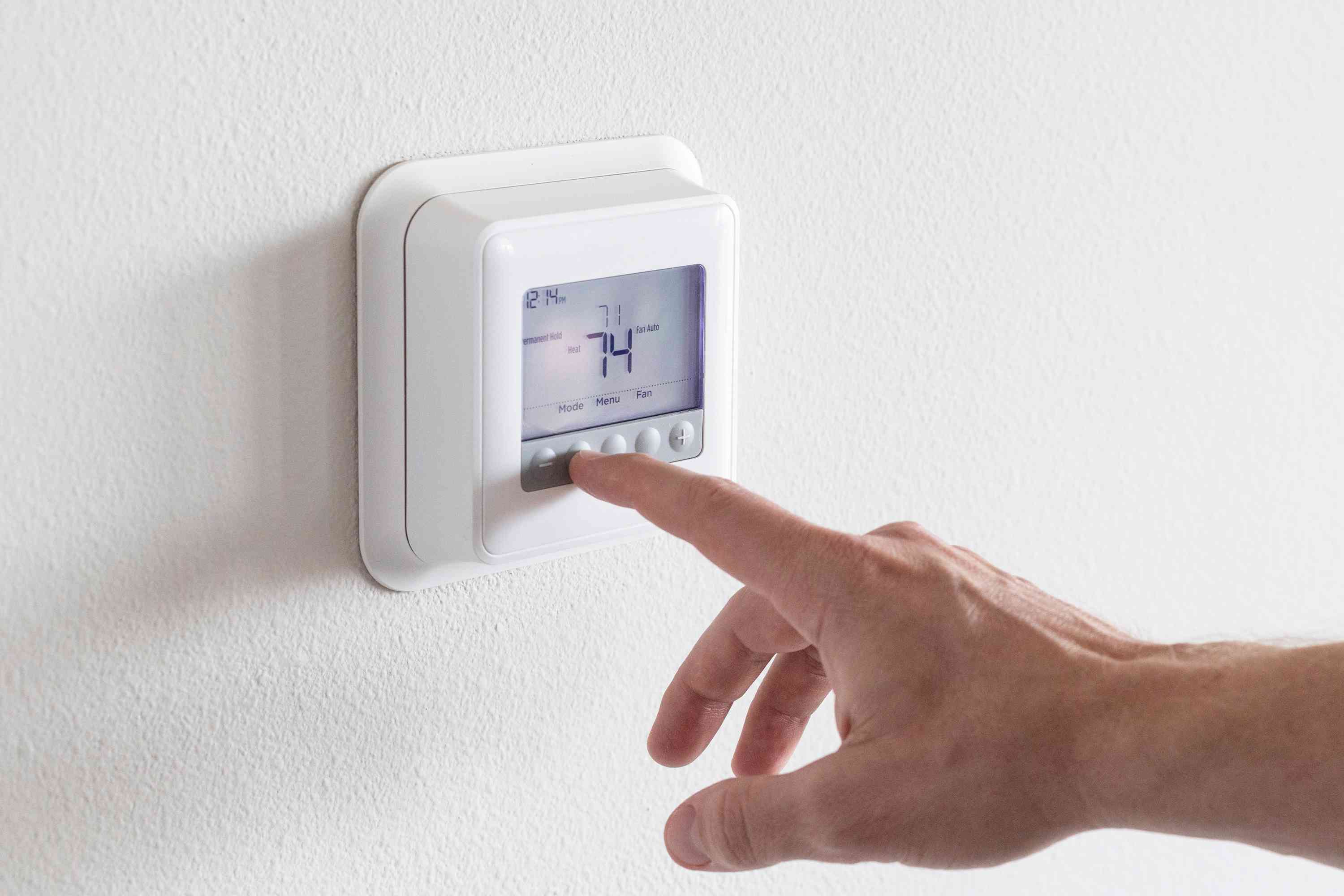

0 thoughts on “What Temperature Should I Set My Freezer To”